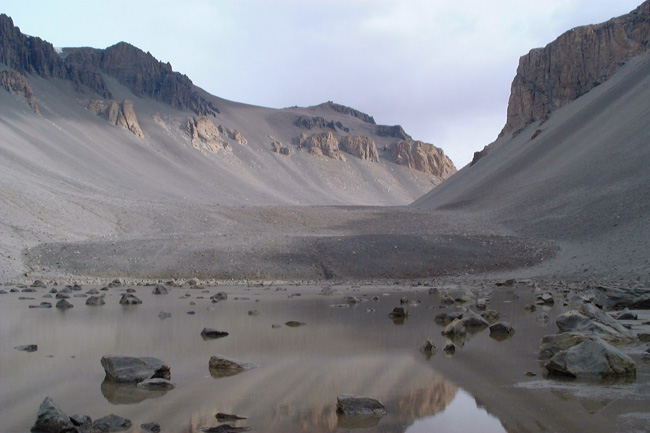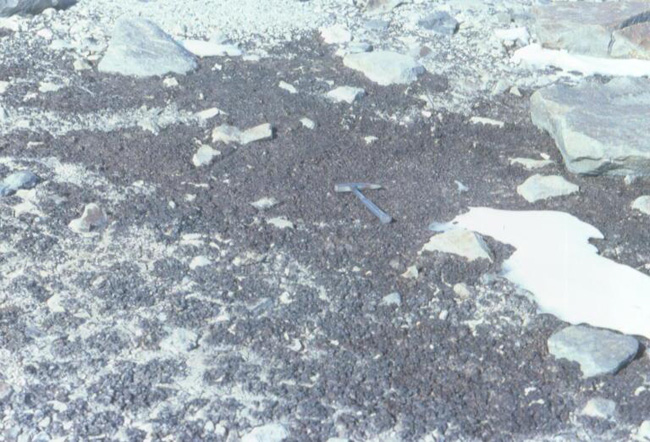
Full text loading...
The Antarctic continent harbors a range of specialized and sometimes highly localized microbial biotopes. These include biotopes associated with desiccated mineral soils, rich ornithogenic soils, glacial and sea ice, ice-covered lakes, translucent rocks, and geothermally heated soils. All are characterized by the imposition of one or more environmental extremes (including low temperature, wide temperature fluctuations, desiccation, hypersalinity, high periodic radiation fluxes, and low nutrient status). As our understanding of the true microbial diversity in these biotopes expands from the application of molecular phylogenetic methods, we come closer to the point where we can make an accurate assessment of the impacts of environmental change, human intervention, and other natural and unnatural impositions. At present, it is possible to make reasonable predictions about the physical effects of local climate change, but only general predictions on possible changes in microbial community structure. The consequences of some direct human impacts, such as physical disruption of microbial soil communities, are obvious if not yet quantitated. Others, such as the dissemination of nonindigenous microorganisms into indigenous microbial communities, are not yet understood.

Article metrics loading...

Full text loading...


Data & Media loading...
Download Supplemental Figures as a PDF. Figure 6. Figure 9.

